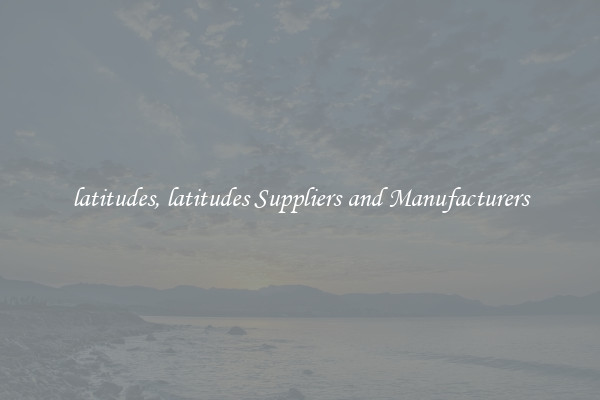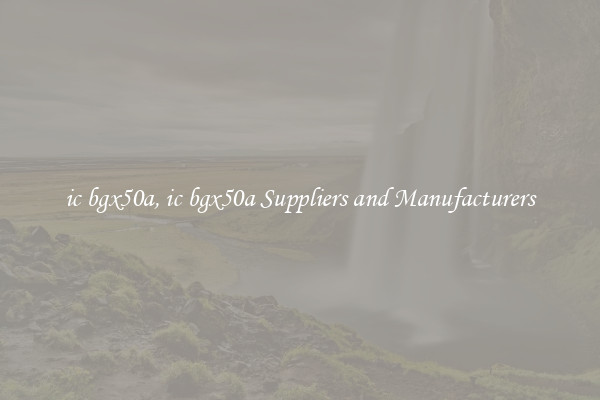latitudes, latitudes Suppliers and Manufacturers
Latitudes are an important concept when it comes to understanding our planet's geography and climate. They are lines that run horizontally across the Earth's surface, measuring the distance from the Equator to the poles. These lines are crucial in determining climate zones and also play a role in navigation and mapping.

Latitude is measured in degrees, with the Equator being at 0 degrees and the poles at 90 degrees north and south. The latitudes between the Equator and the poles are divided into several zones, each with its own unique climate characteristics. These zones include the tropical zone, temperate zone, and polar zone.
Suppliers and manufacturers play a significant role in providing resources and products to meet the diverse needs of customers across different latitudes. One example of this is agricultural suppliers who cater to the specific climatic conditions of each latitude. In tropical latitudes, where the temperatures are consistently warm, suppliers and manufacturers might focus on producing and supplying crops such as bananas, cocoa, and coffee. These crops thrive in the tropical climate and are in high demand globally.
In the temperate latitudes, which include regions like Europe and parts of North America, suppliers and manufacturers have to adapt to the changing seasons. They might produce and supply goods that are suitable for the specific climate, such as clothing for different seasons, heating and cooling systems, and equipment for winter sports. This region requires versatility and the ability to cater to the varied needs of customers throughout the year.
At higher latitudes, closer to the poles, suppliers and manufacturers face even more unique challenges. The cold temperatures and extreme weather conditions make certain industries more viable than others. For example, companies may specialize in manufacturing cold-weather clothing, building materials suited for insulating against extreme cold, or producing equipment for polar expeditions. These specialized products are essential for people living in these regions and those who visit for work or leisure.
What makes suppliers and manufacturers even more important in catering to diverse latitudes is their ability to adapt to changing climates. As global warming is causing shifts in temperature and climate patterns around the world, businesses must be prepared to adjust their offerings accordingly. This might involve investing in research and development to create innovative solutions, exploring sustainable practices, and collaborating with environmental experts to reduce their carbon footprint.
In conclusion, the concept of latitudes is crucial for understanding climate zones and navigating the Earth's surface. Suppliers and manufacturers are essential in providing the resources and products needed to meet the diverse needs of customers across different latitudes. By adapting to the specific climatic conditions, changing seasons, and even climate change, these businesses play a vital role in ensuring that people in different latitudes have access to the goods they need.

View details

View details

View details

View details








